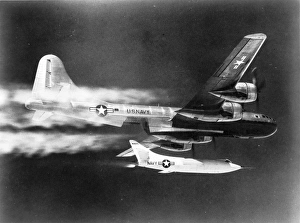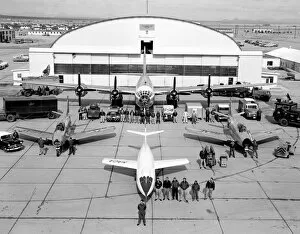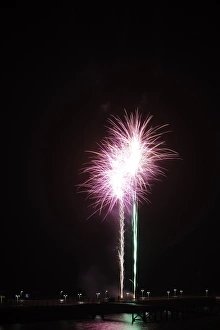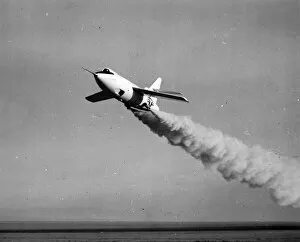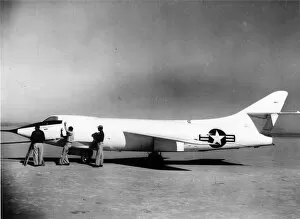Skyrocket Collection
In the 1950s, the Douglas D-558-2 Skyrocket soared through the skies, leaving a trail of innovation and excitement in its wake
All Professionally Made to Order for Quick Shipping
In the 1950s, the Douglas D-558-2 Skyrocket soared through the skies, leaving a trail of innovation and excitement in its wake. This remarkable aircraft was launched from its Boeing B-29, showcasing the incredible advancements in aviation technology. One particular Skyrocket that stood out was number 3 37875. With its sleek design and powerful engines, it captured the imagination of aviation enthusiasts around the world. Created by Douglas Aircraft Company, this marvel of engineering pushed boundaries and redefined what was possible in flight. The it also made headlines when Pangborn's monoplane took to the skies above Wenatchee, Washington State in the USA. The breathtaking aerial display left spectators awe-inspired as they witnessed this magnificent machine defy gravity with grace and precision. Not only did the Skyrocket captivate audiences at airshows, but it also played a role beyond aviation. At Leeds' Royal Agricultural Society's Show, prize animals were showcased alongside this iconic aircraft. The juxtaposition of nature's finest creations with human-made ingenuity created an unforgettable spectacle for all who attended. Even celebrities couldn't resist being associated with such an extraordinary feat of engineering. American actor Wallace Beery proudly posed next to his favorite plane - a testament to how deeply these flying machines had permeated popular culture during that era. But perhaps one of the most significant moments came when NACA pilot A. Scott Crossfield achieved Mach 2 speeds aboard a Douglas D-558-2 Skyrocket. His groundbreaking achievement marked a new chapter in aerospace history and solidified him as one of aviation's greatest pioneers. Behind every successful flight were dedicated individuals like High-Speed Research Station Director Walter C. Williams and NACA pilot A. Scott Crossfield working tirelessly behind-the-scenes to ensure safety and success. From LOX jettison maneuvers to meticulous mounting processes inside hangars, every detail mattered when it came to preparing these cutting-edge aircraft for flight.

